St Helen's memorable cricketing moments
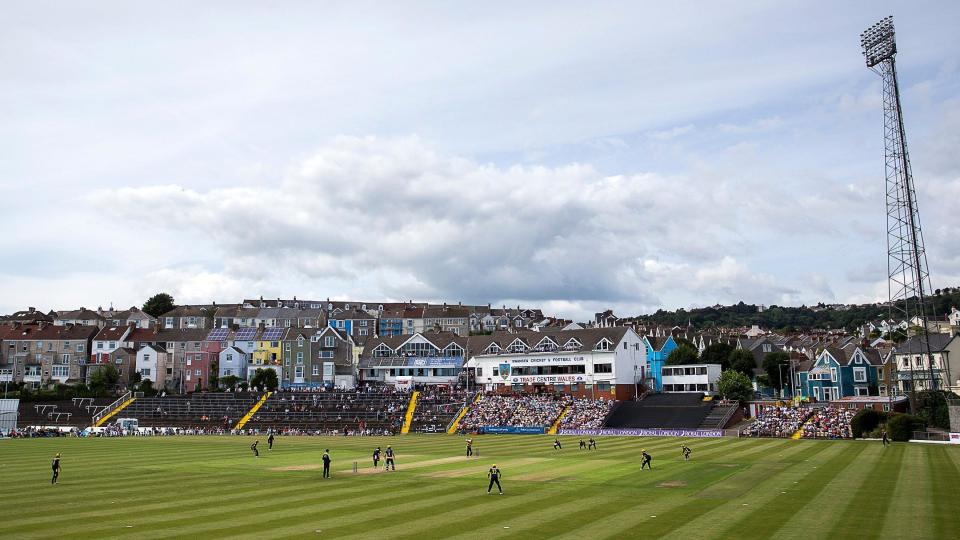
St Helen's in Swansea, opened in 1875, is one of Wales' oldest and most iconic sporting venues.
It has staged athletics, boxing, cycling, hockey, tennis and even American football.
The ground hosted Wales' first home rugby international in 1882 - and has a special place in cricketing history.
However, with the Ospreys rugby team considering either St Helen's or the Brewery Field in Bridgend as their new home from the 2025-26 season, cricket's 150-year association with the ground overlooking Swansea Bay could be a thing of the past.
BBC Sport Wales recalls some of the most memorable cricketing moments seen at St Helen's.
Six of the best
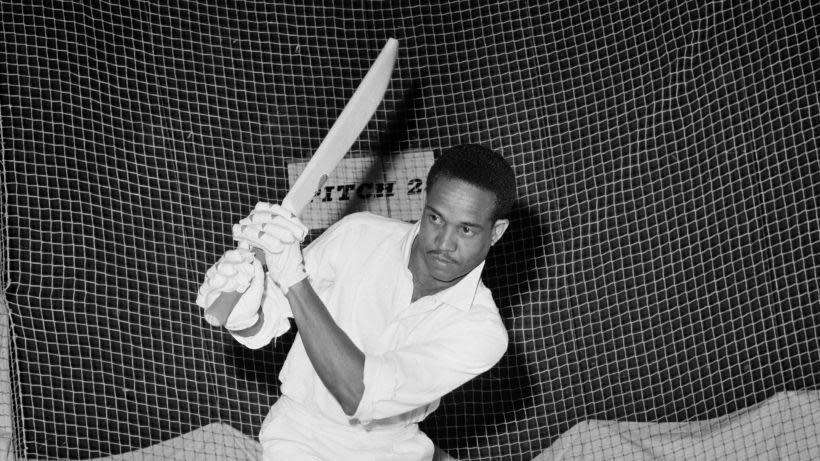
It was the on last day of August 1968 that St Helen's claimed a place in cricket folklore.
Glamorgan were playing Nottinghamshire when visiting captain Sir Garfield Sobers became the first batter to hit six sixes in an over in a first-class cricket match.
Nottinghamshire and Sobers had reached 358-5 when Welsh bowler Malcolm Nash was handed the ball and the task of stopping the famous West Indian all-rounder.
Nash, who like Sobers could switch easily from spin to seam bowling, had already taken four wickets in the match and opened the famous over with left-arm spin around the wicket.
Sobers hammered it for a big six.
"The second ball was pretty dramatic," recalled Nash. "It nearly destroyed the [nearby] pub after hitting the guttering.
"It went like a tracer bullet and was still going up when it hit the building."
The next two balls also disappeared over the boundary ropes before 23-year-old Nash thought he had his man.
"I gave the fifth ball a little bit more air and Garry got underneath it," he said.
"Roger Davis was underneath it at long-off and caught it and fell on his backside and landed on the line.
"The previous year the rule was if you caught the ball inside the boundary and went over it was out.
"They changed the ruling in 1968 to say it was six, before going back to the original ruling the year after. Funny really."
Nash approached the last ball with pace from a short run-up around the wicket, but Sobers connected cleanly, sending his effort out of the ground and into a nearby bus stop.
The West Indian legend had confirmed his place in cricket's record books accompanied by Wilf Wooler's famous commentary: "He's done it, he's done it. My goodness it's gone all the way down to Swansea."
But what about the bowler who had just been struck for 36 in one over?
"I was a little numb immediately after the last ball," said Nash who went on to captain Glamorgan.
"The fact it was a world record and history was made did not register.
"They declared and we walked off together and we were both smiling.
"I said he should buy me a couple of beers that evening because he could not have done it without me."
So nice it happened twice
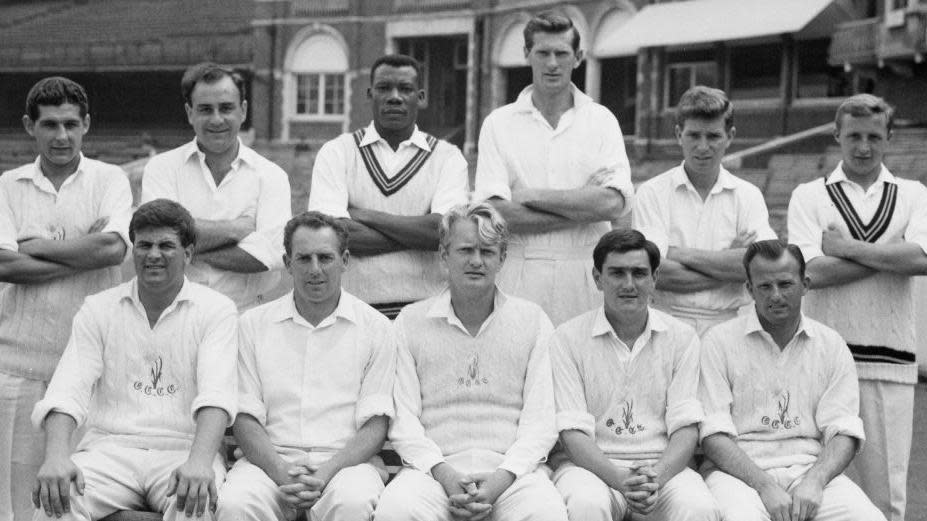
The first ever first-class match at St Helen's was in June 1912, when a South Wales XI played South Africa.
In 1948 over 25,000 packed the ground to watch Australian legend Sir Don Bradman. And in 1951 Glamorgan beat South Africa, their first ever win over a Test-playing side.
But the most famous overseas visits came in 1964 and 1968.
Prior to their 1964 trip to the UK only one county - the Surrey side of the 1950s - could claim to have beaten an Australian touring team since 1912.
When they arrived in Swansea, Australia, led by captain Bobby Simpson, had maintained their unbeaten record in county games and were already one-up in the Test series against England.
Few in the St Helen's crowd of around 20,000 would have fancied a home win as the Welsh county were bundled out for 197 in their first innings.
But after a short shower had freshened up the Swansea wicket, Glamorgan produced a magnificent spell of bowling as Australia slumped to 39-6.
As play resumed Glamorgan polished off Australia for 101, before batting again and leaving the visitors with a tricky target of 268.
With 37 runs still to make Aussie batter Neil Hawke was caught, handing victory to Glamorgan and a famous victory to all of Wales.
Four years later Glamorgan made history, becoming the first county team to defeat the Australians on consecutive tours.
Tony Lewis had taken over the captaincy from Ossie Wheatley, however, Lewis was taken ill shortly before the match meaning trusty deputy Don Shepherd stepped up to lead Glamorgan onto the field.
After winning the toss and batting first, Glamorgan were indebted to a magnificent 99 from left-handed opening batsman Alan Jones, as they made 224.
As in 1964, the Australians lost cheap wickets on the Saturday, yielding a first-innings lead of 114 to the Welsh county.
Half centuries from Roger Davis and West Indian recruit Bryan Davis helped Glamorgan to extend the lead to 364, before Shepherd declared to leave the tourists all of the final day to chase their target.
With St Helen's packed to the rafters and wickets falling steadily, Australia's Peter Sheehan was caught by Glamorgan bowler Peter Walker after posting a strong century.
The game had now swung back in Glamorgan's favour, and the final wicket fell when Australia's Dave Renneberg was caught by Pakistani international Majid Khan, giving the Welsh county another famous day and the win by 79 runs.
International matches
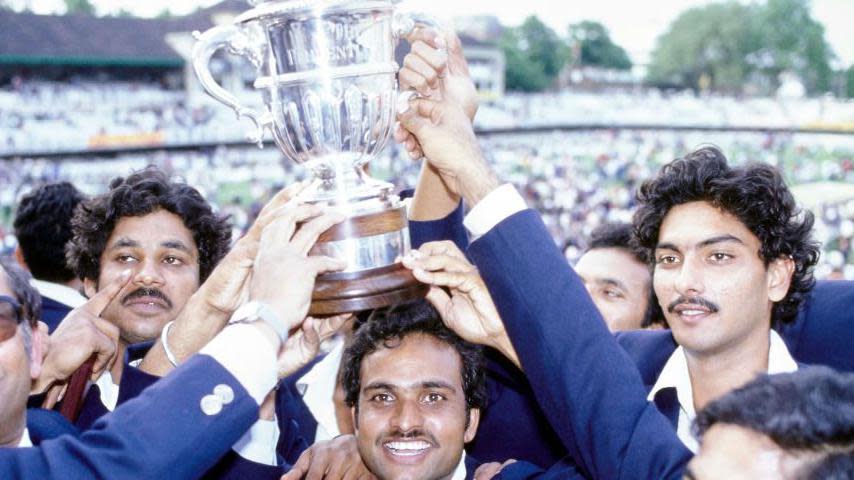
In 1973 St Helen's became the first venue in Wales to host a one-day international.
A crowd of just over 10,000 watched as a century from Dennis Amiss led an England side packed with stars including Geoffrey Boycott, Ray Illingworth, Tony Greig and Derek Underwood to a seven-wicket victory.
Cyril Walters, who in 1934 had become the first Welshman to captain England in Test cricket, presented Amiss with the man-of-the-match award and with no result possible in the second match in Manchester, England edged the series 1-0 thanks to their success in Swansea.
Ten years later the 1983 Cricket World Cup was staged in England and Wales.
St Helen's was the only venue to be used in Wales, hosting just one game.
Tournament semi-finalists Pakistan met Sri-Lanka in a 60-over match in group A.
Pakistan posted a score of 338-5 winning the game by 50 runs with Sri-Lanka only managing 288-9 in their reply.
It was the last international cricket match played at the ground, though in 1989 St Helen's staged a 40-over day-night match between Glamorgan and a Rest of the World XI under the St Helen's floodlights.
Three is the magic number
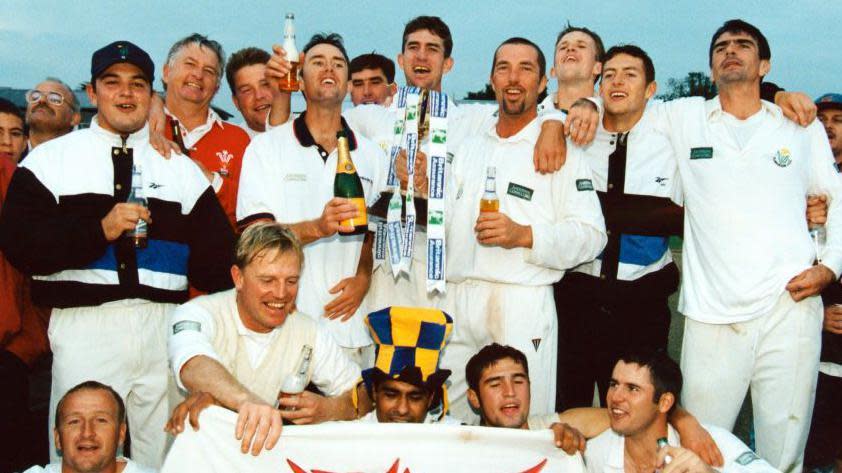
St Helen's first staged County Championship cricket in May 1921 and continued as an outground for Glamorgan until June, 2019.
Over that 98-year period the ground played its part in the county's success, including three Championship titles in 1948, 1969 and most recently, 1997.
Swansea hosted two first-class fixtures as Glamorgan won their first title in 28 years with victories against both Sussex and Gloucestershire.
Glamorgan's overseas player for 1997 was one of the world's all-time great fast bowlers, Waqar Younis. In the first of those Championship matches at St Helen's the Pakistan legend took a match-winning eight wickets for 17 runs as Sussex were bowled out for 54 and 67, Glamorgan winning by 234 runs at the end of June.
The following week Gloucestershire were beaten by 10 wickets in Swansea with the Welsh county going on to seal the title with victory over Somerset in the final game at Taunton in September.
Leading Glamorgan to that title success was skipper - and future coach - Matthew Maynard, 12 years after he made a remarkable debut for the Welsh county.
Batting at number five, a 19-year-old Maynard hit three successive sixes against Yorkshire to bring up his 100 and become the youngest Glamorgan player to hit a Championship century.
And where was Maynard's sparkling introduction to first-class cricket? St Helen's, of course.
What are your favourite memories from the famous old St Helen's ground?
